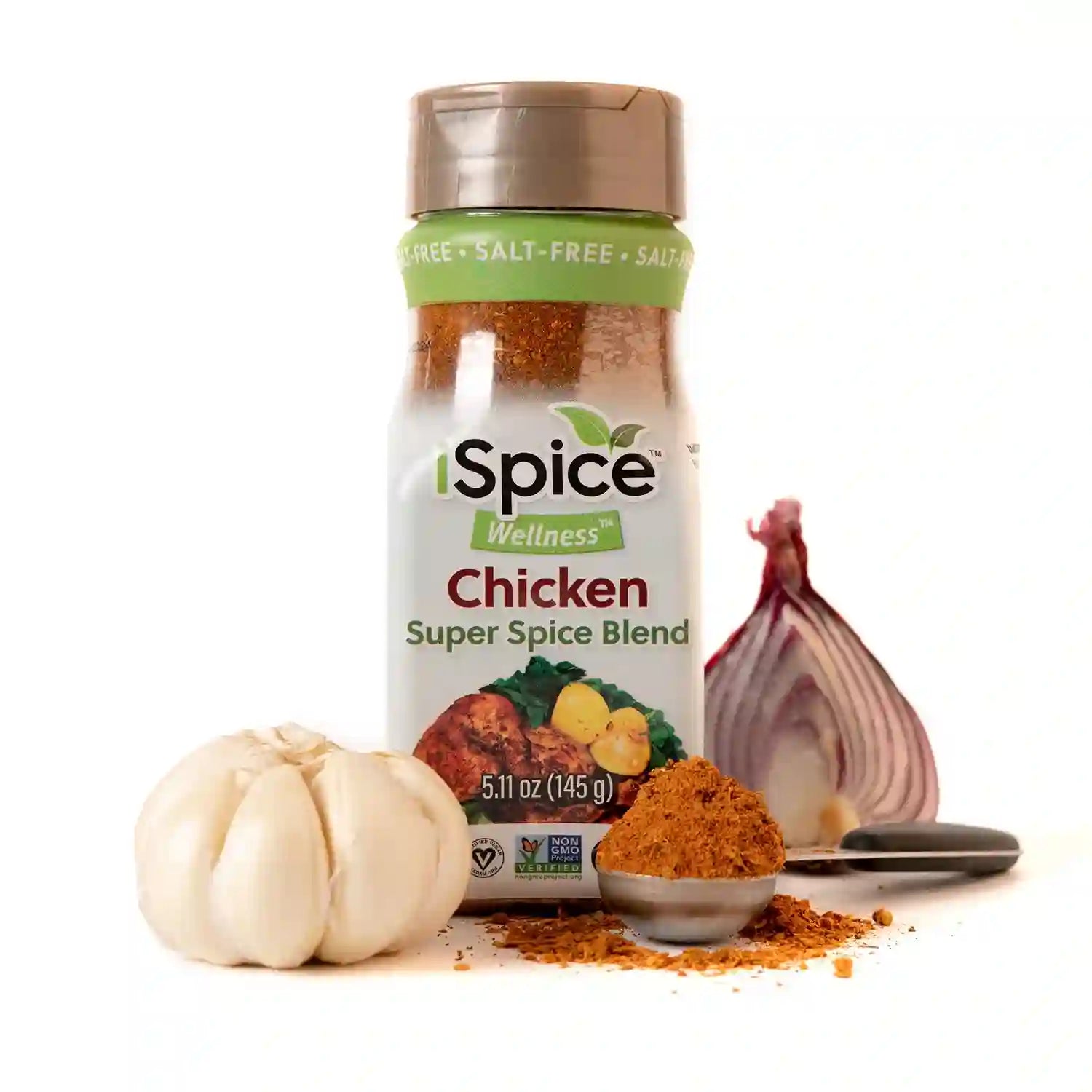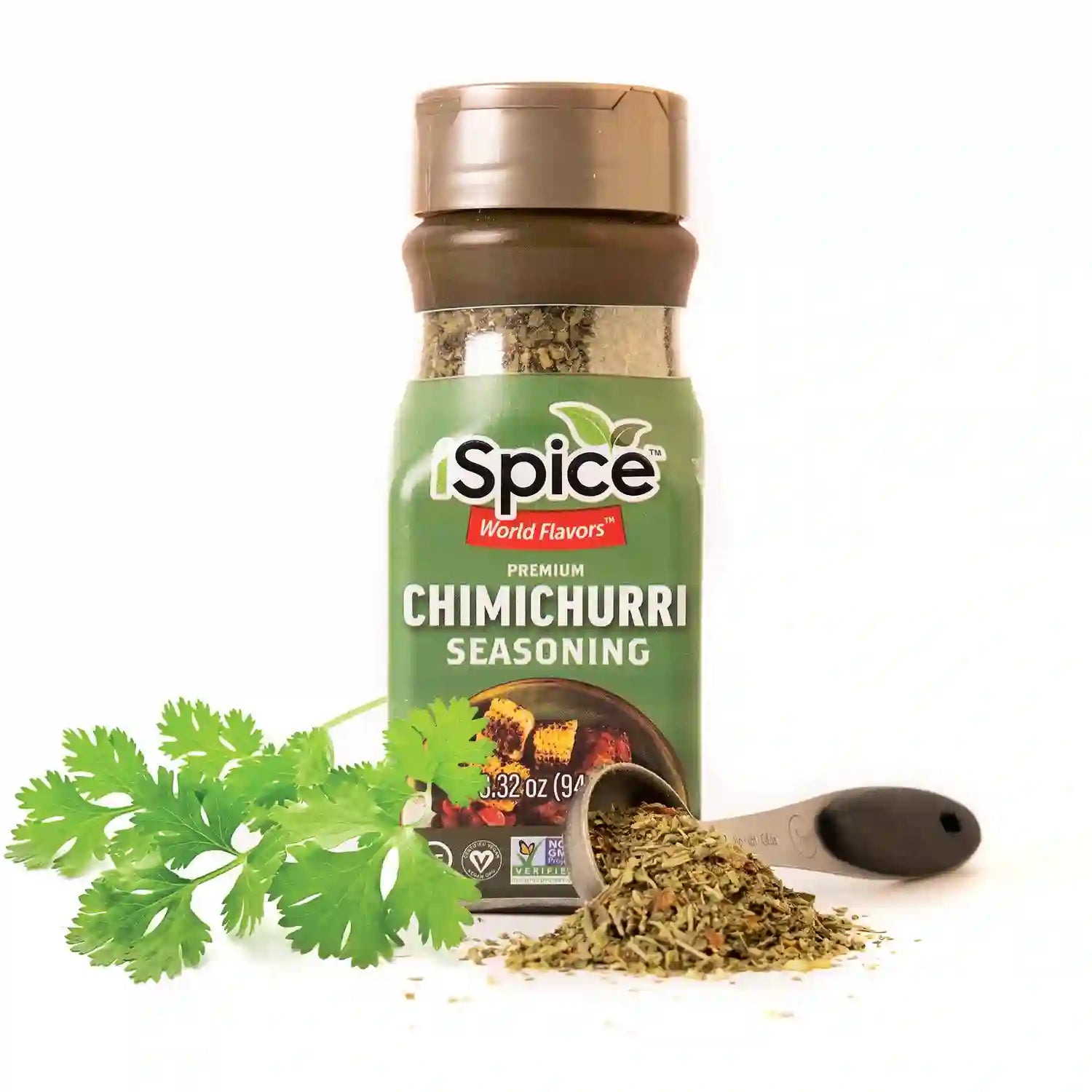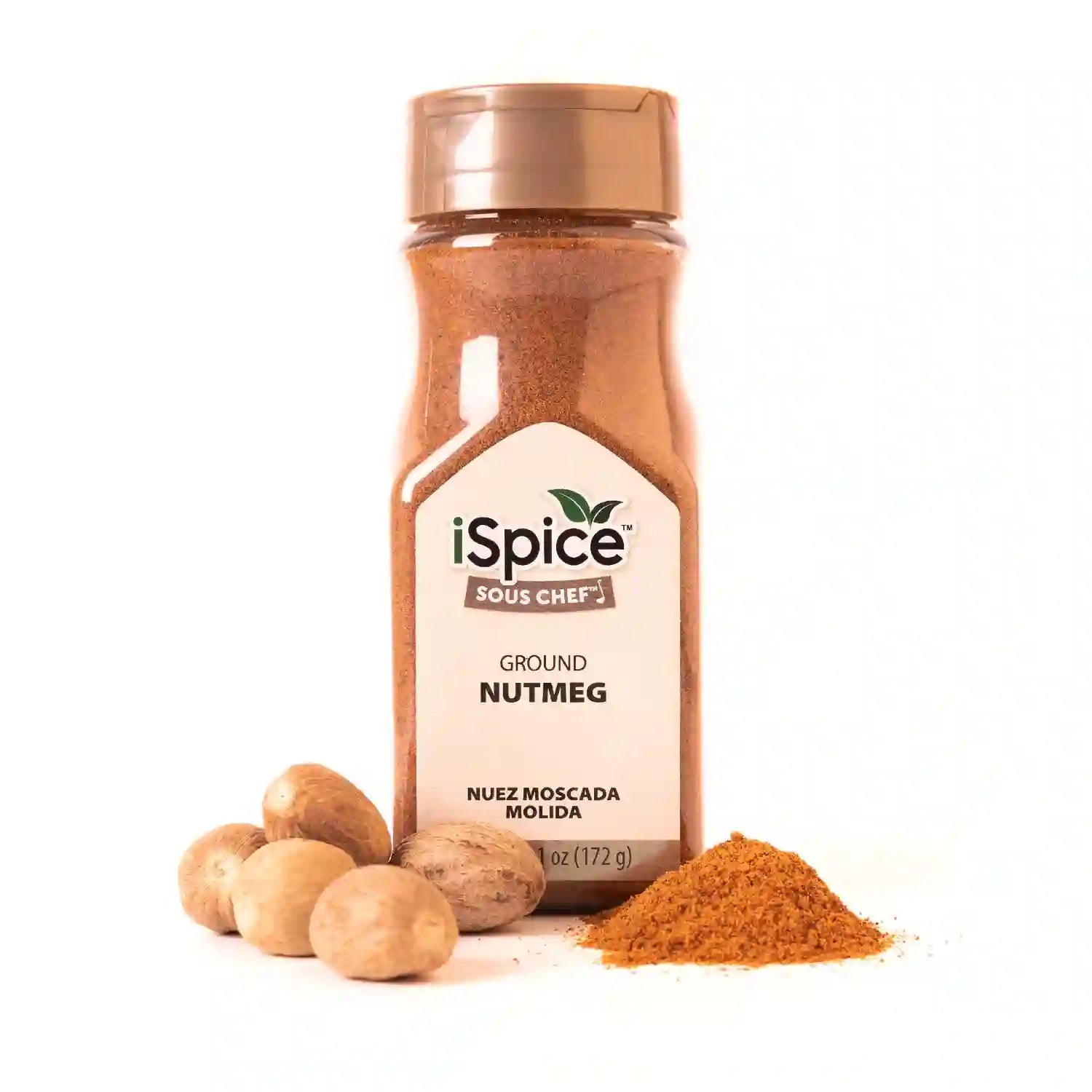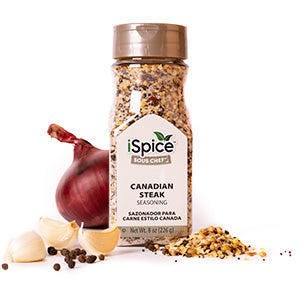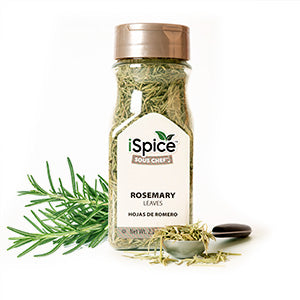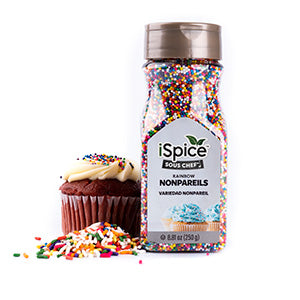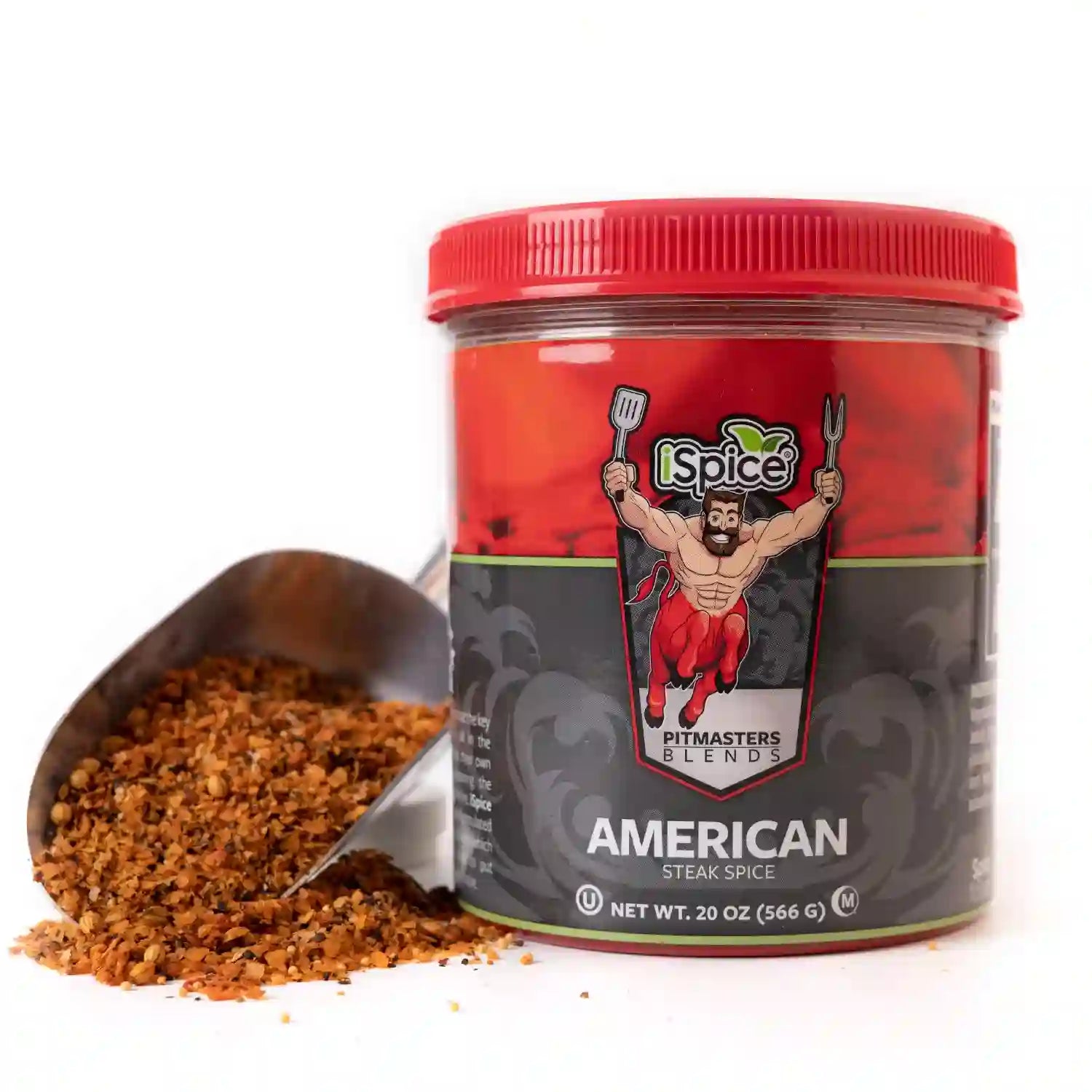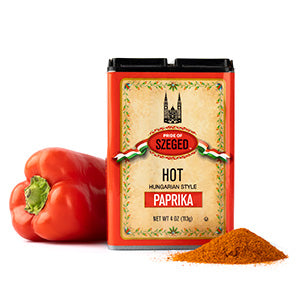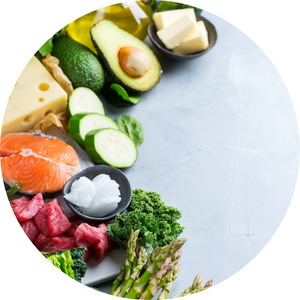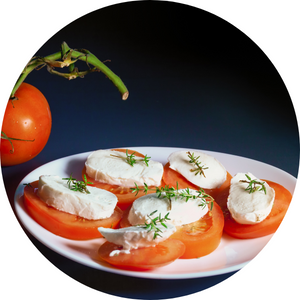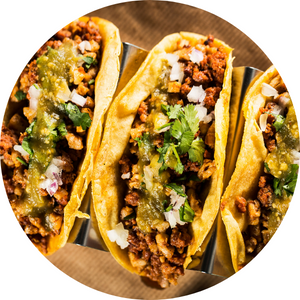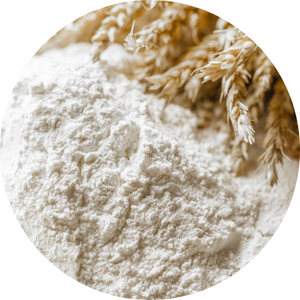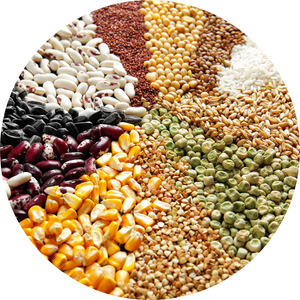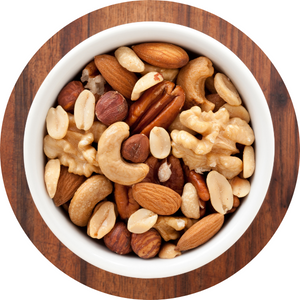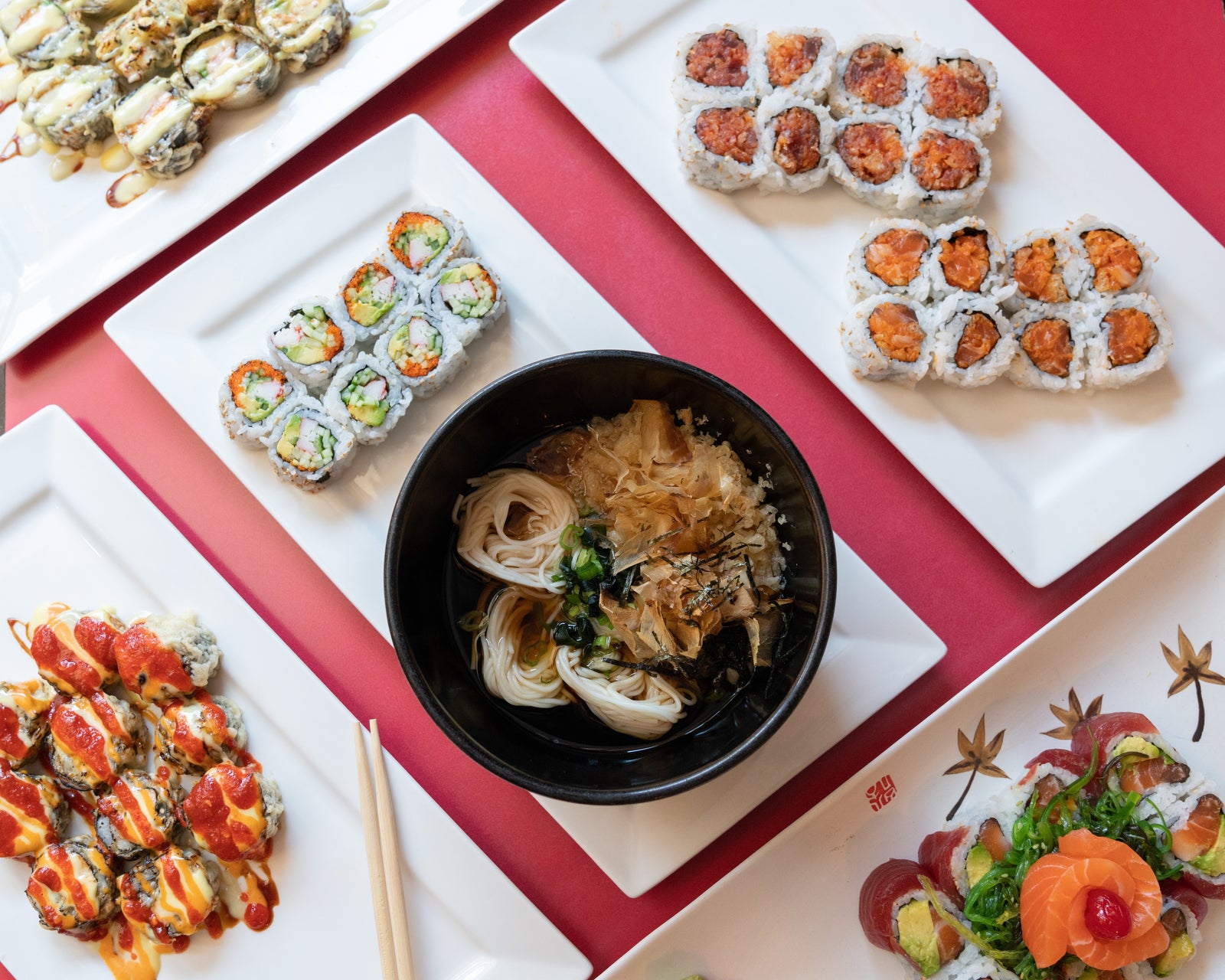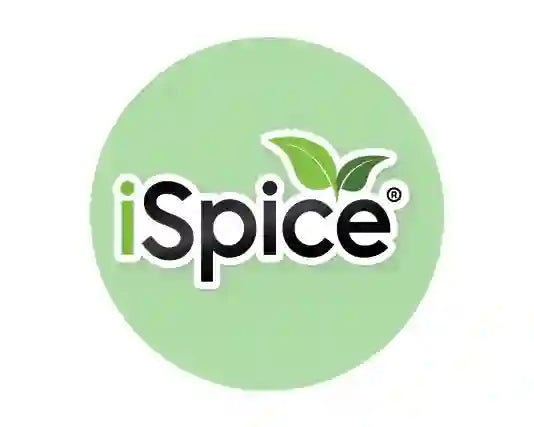
Introduction: Unveiling the Magic of Tandoori Masala
Tandoori Masala, a quintessential spice blend from the Indian subcontinent, is known for its aromatic and mouthwatering flavors. The art of blending spices has been an integral part of Indian cuisine for centuries, and Tandoori Masala stands as a testament to the richness and diversity of flavors found in the region. In this article, we delve deep into the complex world of Tandoori Masala, uncovering its history, ingredients, preparation, and culinary applications. Get ready to embark on a flavorful journey that will leave your taste buds craving for more.
The Origins of Tandoori Masala: A Spice Blend with a Rich History
Tandoori Masala's roots can be traced back to the ancient Mughal era in India, where it was first concocted to marinate meat before being cooked in traditional clay ovens known as tandoors. The Mughals, known for their love of opulence and culinary arts, introduced this flavorful blend to elevate their royal feasts. Over time, the popularity of Tandoori Masala spread, making it a staple in Indian households and restaurants alike.
Understanding the Complex Ingredients: The Harmony of Spices
Tandoori Masala owes its intricate flavors to a harmonious combination of various spices. Each spice plays a vital role in creating a symphony of tastes that tantalize the senses. Some key ingredients found in this aromatic blend include:
1. Coriander Seeds (?)
Coriander seeds, with their citrusy and slightly nutty flavor, form the backbone of Tandoori Masala. They add a distinct freshness to the blend.
2. Cumin (?)
Cumin seeds contribute a warm and earthy aroma, enriching the overall flavor profile of the spice mix.
3. Cardamom (?)
Cardamom pods, either green or black, lend a sweet and floral note, elevating the blend's aromatic essence.
4. Cloves (?)
Cloves bring a subtle sweetness with a touch of pungency to balance the other flavors.
5. Cinnamon (?)
Cinnamon, with its warm and comforting taste, adds depth and complexity to the Tandoori Masala.
6. Nutmeg (?)
A pinch of nutmeg imparts a delicate and mildly sweet taste, enhancing the overall experience.
7. Red Chili Powder (?)
Red chili powder infuses the blend with a vibrant red hue and a fiery kick, giving it the signature Tandoori spiciness.
8. Kashmiri Red Chili Powder (?)
Kashmiri red chili powder, milder than regular chili powder, provides a vibrant red color without overwhelming heat.
9. Paprika (?)
Paprika imparts a subtle smokiness and a vivid red color, enhancing the visual appeal of Tandoori dishes.
10. Turmeric (?)
Turmeric, known for its earthy and warm flavor, lends a beautiful yellow hue to the blend.
The Art of Making Tandoori Masala: Crafting Perfection
Making Tandoori Masala is an art that requires precision and finesse. To create the perfect blend, one must follow a careful process:
1. Sourcing Fresh Spices (?)
The key to an exceptional Tandoori Masala lies in using fresh and high-quality spices. Expert chefs and home cooks alike know the importance of sourcing the best ingredients.
2. Dry Roasting (?)
Dry roasting the whole spices before grinding intensifies their flavors and releases their aromatic oils. This step is crucial in bringing out the essence of each spice.
3. Grinding to Perfection (?)
After roasting, the spices are ground into a fine powder using a mortar and pestle or a spice grinder. The grind should be smooth and uniform.
4. Balancing the Flavors (?)
Achieving the perfect balance of flavors is essential in Tandoori Masala. Chefs often adjust the ratios of individual spices to suit their taste preferences.
Exploring the Culinary Applications: Beyond Tandoori Chicken
While Tandoori Masala is famously associated with Tandoori Chicken, its culinary applications go far beyond. Let's explore some delightful dishes that showcase the versatility of this spice blend:
1. Tandoori Paneer Tikka (?)
Marinated cubes of paneer (Indian cottage cheese) are grilled to perfection, offering a vegetarian delight with a burst of flavors.
2. Tandoori Fish Tikka (?)
Fish fillets marinated in Tandoori Masala and grilled create a succulent and tangy seafood delicacy.
3. Tandoori Vegetable Skewers (?)
A colorful assortment of vegetables marinated in the spice blend and grilled, making for a wholesome and vibrant dish.
4. Tandoori Mushroom Biryani (?)
The blend takes a starring role in this aromatic biryani, infusing the rice and mushrooms with delightful flavors.
5. Tandoori Naan (?)
The classic Indian bread gets a flavorful makeover with a dusting of Tandoori Masala before baking in the tandoor.
FAQs About Tandoori Masala: Answering Your Burning Questions
1. What makes Tandoori Masala unique? (?)
Tandoori Masala stands out for its balance of warm, earthy, and aromatic flavors, making it perfect for grilling and roasting.
2. Is Tandoori Masala always spicy? (?)
While Tandoori Masala can be spicy, the heat level can be adjusted based on the amount of red chili powder used.
3. Can I make Tandoori Masala at home? (?)
Absolutely! Making Tandoori Masala at home allows you to customize the blend according to your taste preferences.
4. What dishes can I prepare with Tandoori Masala? (?)
Apart from Tandoori Chicken, you can use Tandoori Masala to prepare various vegetarian and non-vegetarian dishes.
5. Can Tandoori Masala be used as a marinade? (?)
Yes, Tandoori Masala is often used as a marinade for meats and vegetables to infuse them with its enticing flavors.
6. Is Tandoori Masala gluten-free? (?)
Tandoori Masala is typically gluten-free, but it's always essential to check the ingredient list for any potential additives.
Conclusion: A Flavorful Adventure
Exploring the Complexity of Tandoori Masala takes us on a tantalizing journey through the rich history, diverse ingredients, and culinary applications of this magical spice blend. From its origins in the royal kitchens to gracing our dining tables, Tandoori Masala continues to enthrall food enthusiasts worldwide. Whether you're a seasoned chef or an adventurous home cook, adding Tandoori Masala to your culinary repertoire will undoubtedly elevate your dishes to new heights of flavor and delight.
Alert: While spices can have many beneficial properties for health, using them for medical purposes should be done under the guidance and supervision of a healthcare professional or specialist. Some spices may interact with medications or cause adverse reactions in certain individuals, and it is important to use them safely and appropriately. If you are considering using spices for a medical condition, it is important to consult with a healthcare professional before doing so.

